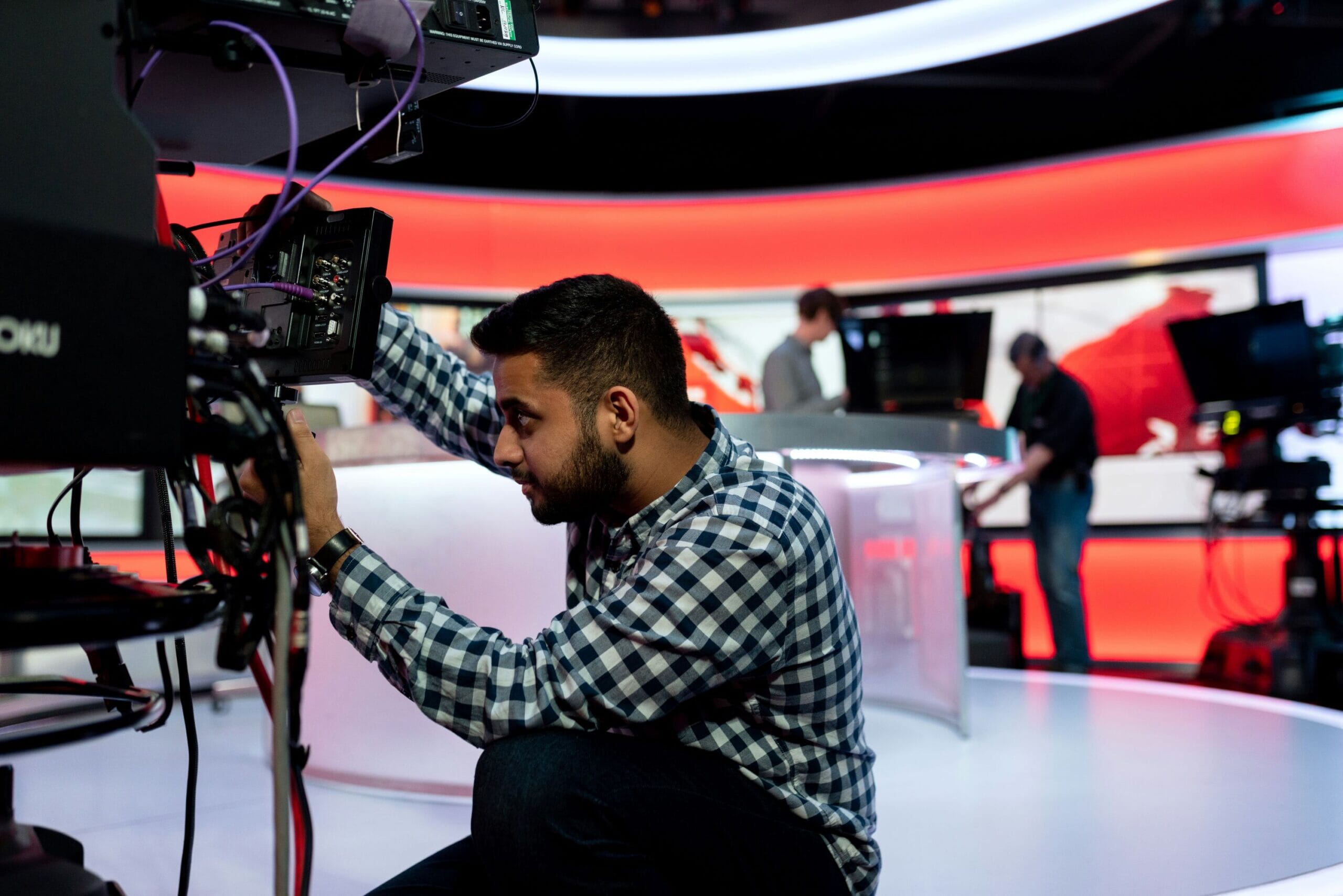The objective
The broadcast industry was changing so fast. To stay ahead of the game, the BBC needed its people to regularly train and refresh their skills.
The problem
But broadcasting is a creative industry. Talent is valued above everything else. This bred a potential perception that if you needed training, you were not ‘naturally talented.’ So, people were reluctant to ask for training or be seen doing it. Added to this, training was seen as an outdated concept – courses in classrooms.
The insight
When digging deeper into the audience (the 26,0000 staff at the BBC) we identified that around 100 of the most prominent employees within the organisation – people like Alan Yentob, Jeremy Paxman – had a huge amount of influence over the rest. Everyone looked up to them. If these people were seen using the services of BBC Training & Development, others would follow.
The PR strategy
The idea ‘even top talent finds time to train’ was spawned.
Our PR strategy was to get this top 100 to be seen to be training (and therefore implicitly endorsing) BBC Training & Development. By doing this we’d start to shift the hearts and minds of the rest.
Executing it
To get these 100 to a training event with BBC Training & Development we created a future-focused event, looking at the changing consumer landscape and how this is impacting on broadcasting.
At this time new competitors were entering the market, and the license fee was up for renewal. These 100 senior BBC people were all trying to get to grips with how the BBC should respond – and this event did just that, featuring experts including a leading futurologist – people they would otherwise not get the opportunity to see and question.
Building on the idea of finding time to train, learning lunches then soon followed – times when all people from across the organisation could complete short bursts of training, fitted into their day.
The result
Almost all the 100 attended the event. Even if they didn’t realise it, they were refreshing skills and knowledge with the help of BBC Training & Development. This event helped to break the taboo and communicated that even the most talented need help, and training is relevant and sometimes cool.
Learning lunches became part of the BBC’s vernacular and over the course of three years, the percentage of BBC staff undertaking some form of training increased by 23%.











